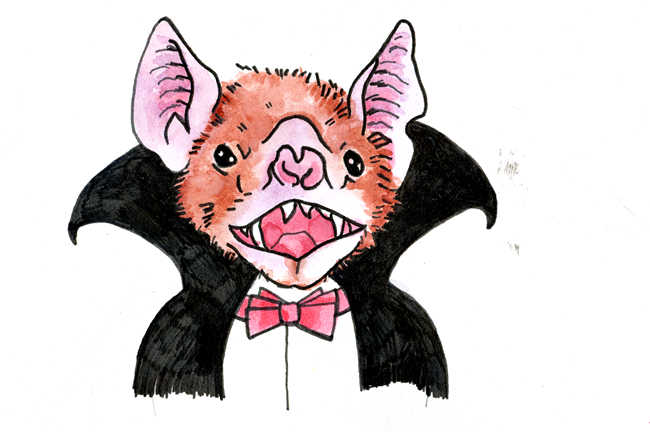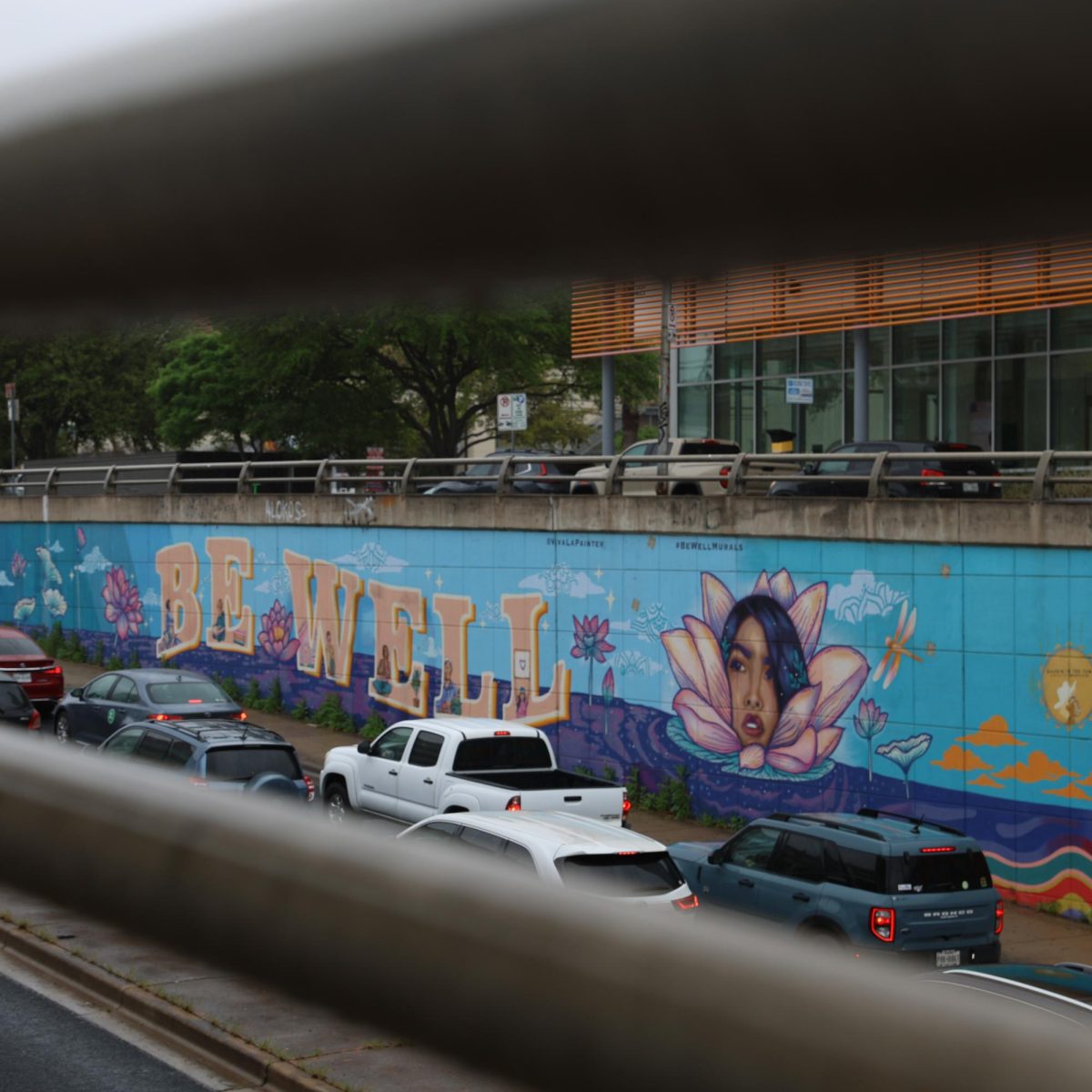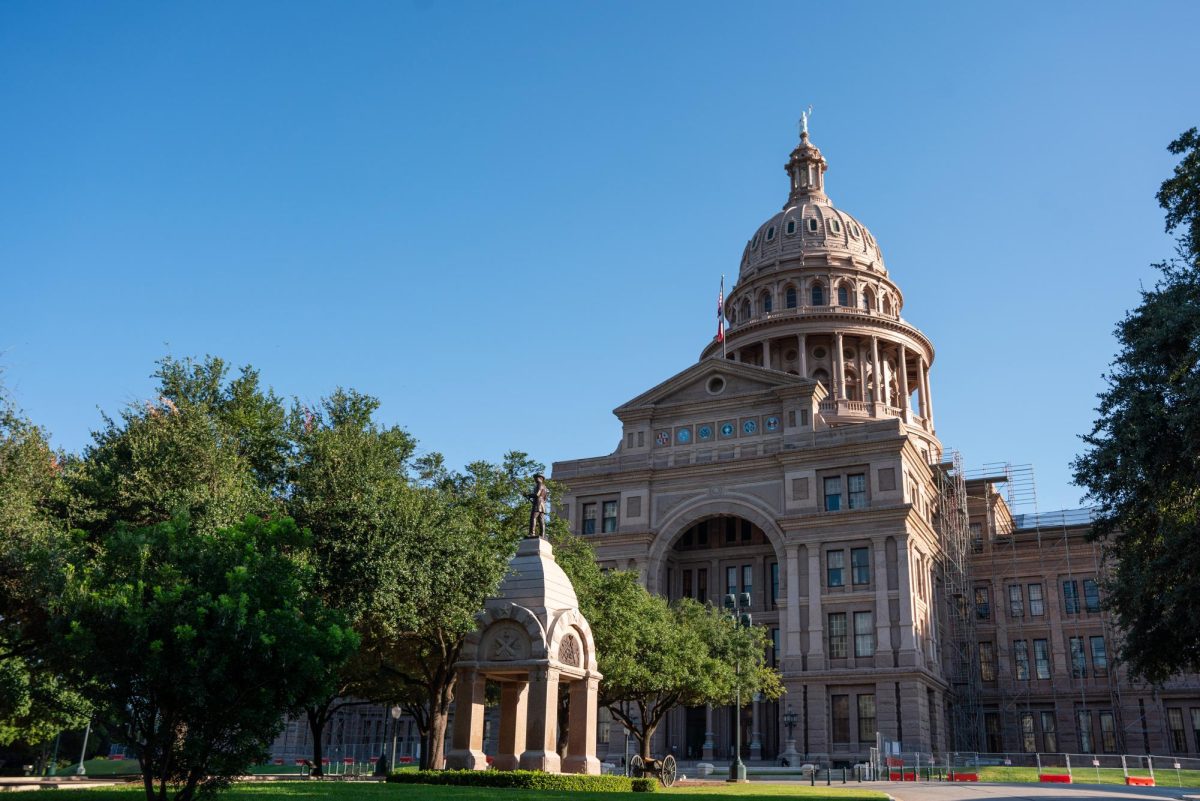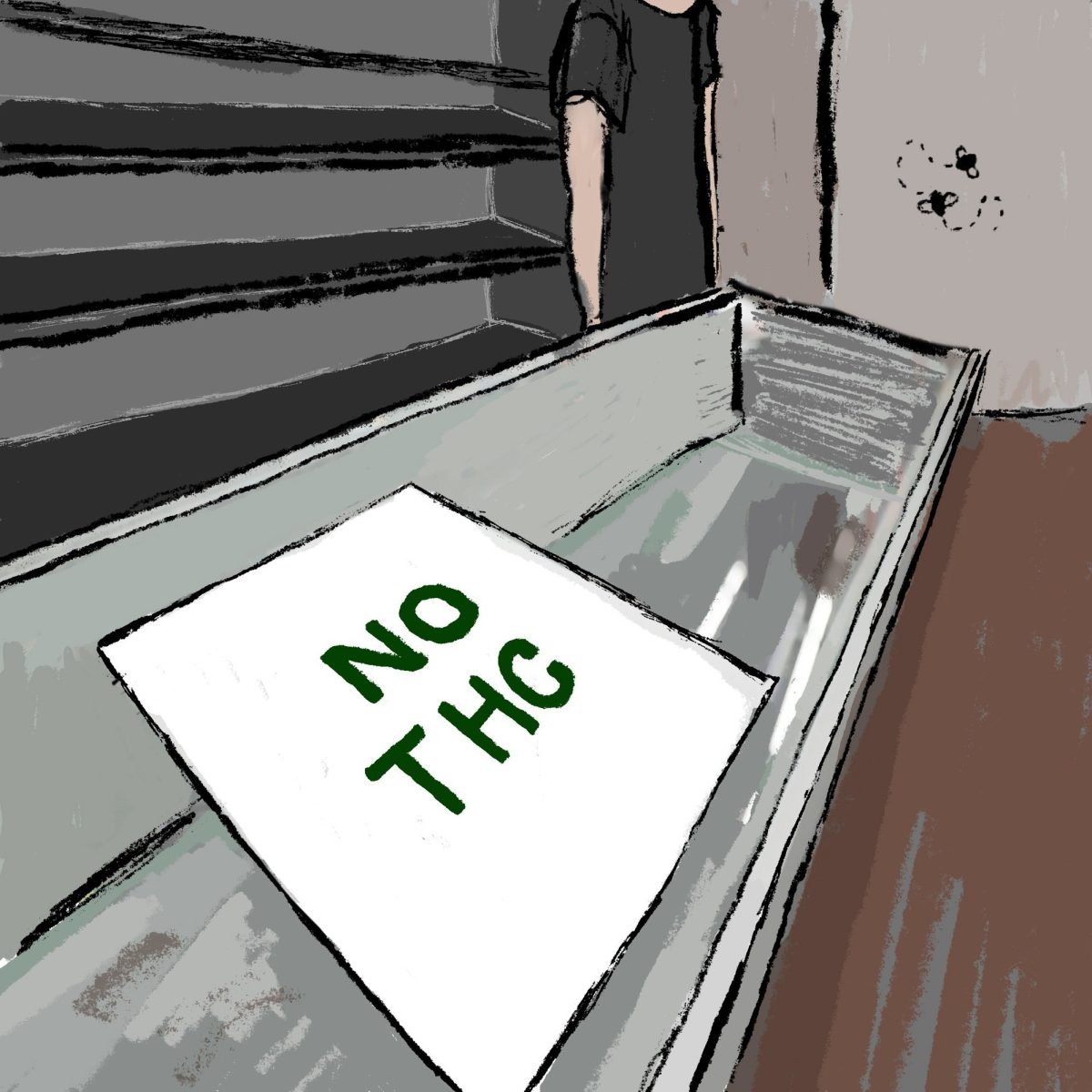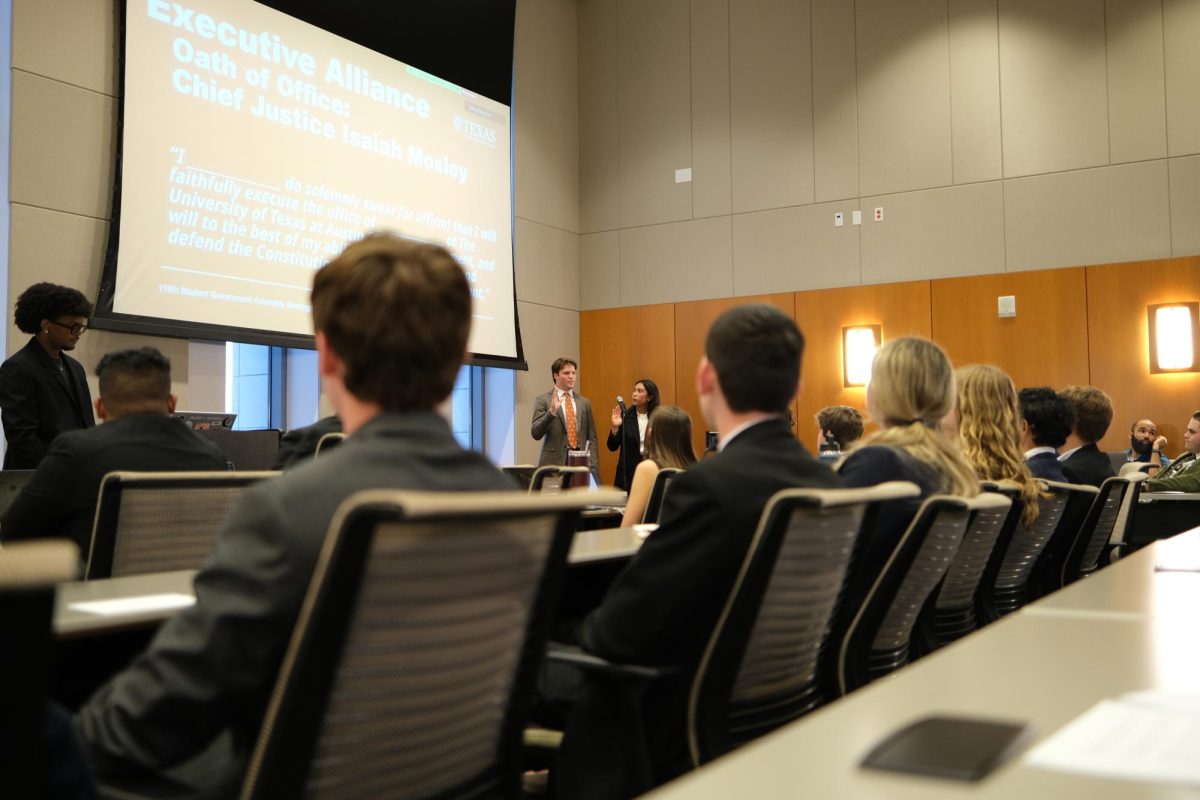With the emergence of warm spring weather comes the return of the Mexican Freetail bats under Congress Bridge and the remote possibility that a feared and foreign species of bat could make its way into Texas.
The increase in global climate temperatures has raised concerns about the vampire bat species travelling from Mexico and South and Central America into the southern and central regions of Texas. Carin Peterson, training and outreach coordinator of the Office of Environmental Health and Safety, said even if vampire bats are not making their appearance, Austin’s surrounding caves and popular bat attraction, Congress Avenue Bridge, already have their annual bat species.
“Biologists are paying attention to the warming climate and what potential impacts that could bring, including non-native wildlife, but this is not something that will likely happen within the next few years,” Peterson said.
The possibility of these bloodsucking bats travelling into Austin and its surrounding areas, however, is not likely for many decades, said Mylea Bayless, conservation programs manager for Bats Conservation International in Austin.
“There are a lot of factors involved in whether or not the animal could reach Austin, which includes more than just temperature range,” Bayless said. “There are a lot of factors when it comes to what place an animal is occupying like habitat and food availability.”
Bayless said if the climate change models predict bats coming into Central Texas, it’s not likely these bats will set up shop in the city.
“If they did reach into Texas, the impact would be negligible,” Bayless said. “Most commonly they feed on livestock so there would be potentially some vampire bat interaction with livestock that people could perceive as problematic in rural areas.”
The misconception that all bats are bloodsuckers causes the death of other species that are beneficial, Bayless said.
“Sometimes all other bats wind up being persecuted because [people] think every bat is a vampire bat, and that fear of vampire bats caused the widespread killings of beneficial bats that eat insects and pollinate plants,” Bayless said.
Radio television film junior Clay Taylor agrees that bats are beneficial for the ecosystem and would be excited if the vampire bats make their appearance sooner than expected.
“It would definitely make walking across campus at night more fun when you have to watch out for vampire bats,” Taylor said.
Wendy Connally, Texas Parks and Wildlife coordinator, said Austin’s regular bat species are like every type of wildlife and should not be approached even if the bats look distressed or unhealthy.
“It’s best to not touch them or disturb their bat colonies wherever they may occur,” Connally said. “It’s best to leave them alone and let them go about their daily business.”
Printed on Monday, March 26, 2012 as: Bat migration to Austin may bring foreign species

